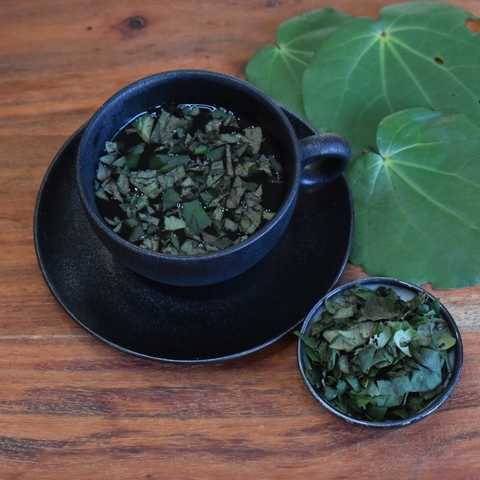A Quick Guide To Growing Botanicals For Tea
Why Grow Your Own Tea Botanicals?
- Purity & Freshness: No pesticides or additives—just fresh, organic herbs.
- Cost-Effective: Save money by growing your own instead of purchasing expensive herbal blends.
- Sustainability: Reduce packaging waste and lower your carbon footprint.
- Customization: Blend your own unique flavors and benefits.
Best Herbs & Flowers to Grow for Tea
Calming & Soothing
- Chamomile: Light, floral, and excellent for relaxation.
- Lemon Balm: A gentle citrusy herb known for reducing stress and aiding sleep.
- Lavender: A fragrant flower that pairs well with chamomile and mint for a relaxing brew.
Energizing & Uplifting
- Peppermint: Refreshing and great for digestion and mental clarity.
- Lemon Verbena: Citrusy, uplifting, and a wonderful immune booster.
- Rosemary: A stimulating herb that enhances focus and memory.
Floral & Aromatic
- Rose Petals: Adds a delicate floral note and is packed with antioxidants.
- Hibiscus: Tart and vibrant, full of vitamin C.
- Jasmine: Fragrant and commonly mixed with green tea for a floral twist.
Herbal Remedies
- Echinacea: Boosts immunity and helps fight colds.
- Nettle: Rich in vitamins and minerals, great for overall health.
- Fennel: A sweet, licorice-flavored herb known for aiding digestion.
- Dandelion leaf: Best known for its diuretic and kidney-supporting properties
How to Grow Tea Botanicals
1. Choosing the Right Location
- Most tea herbs thrive in full sun (at least 6 hours of sunlight daily).
- Well-drained, nutrient-rich soil is key to healthy growth.
- Consider container gardening if space is limited.
2. Planting Your Herbs
- From Seeds: Start indoors 6-8 weeks before the last frost or sow directly in the garden after frost danger passes.
- From Cuttings: Some herbs (like mint and rosemary) grow well from stem cuttings placed in water until roots develop.
- From Transplants: Buy young plants for a faster harvest.
3. Watering & Care
- Water consistently but avoid overwatering—herbs hate soggy roots.
- Prune regularly to encourage bushier growth and prevent legginess.
- Use organic mulch to retain moisture and suppress weeds.
Harvesting & Drying Tea Herbs
1. When to Harvest
- Harvest in the morning when essential oils are most concentrated.
- Pick leaves and flowers just before they reach full bloom for the best flavor and potency.
2. Drying Methods
- Air Drying: Tie small bunches upside down in a dark, well-ventilated space. Or you can lay on trays with a paper towel and place out of direct sunlight, turning over every day until they are dry.
- Dehydrator: Use a low-temperature setting to dry herbs quickly.
- Oven Drying: Set your oven to the lowest temperature and dry herbs with the door slightly open.
3. Storing Your Dried Botanicals
- Store in airtight containers away from heat and light.
- Label jars with the herb name and harvest date.
- Use within 6-12 months for the best flavor and benefits.
Blending Your Own Tea
Mix different botanicals to create unique flavors and health benefits. Some ideas:
- Relaxation Blend: Chamomile + lavender + lemon balm
- Digestive Soother: Peppermint + fennel + ginger
- Immunity Booster: Echinacea + hibiscus + rosehips
Final Thoughts
Growing your own botanicals for tea is a rewarding and sustainable practice that enhances both your garden and your daily routine. With a little planning and care, you can enjoy fresh, homegrown herbal teas year-round.
Are you ready to start your tea garden? Let us know which herbs you’re excited to grow!
Pictured: Fresh Kawakawa tea
Posted: Sunday 23 February 2025

